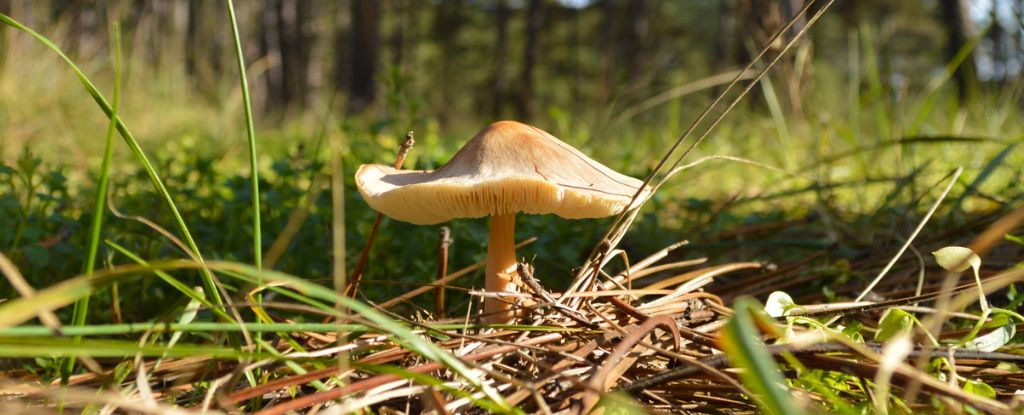Scientists have just discovered a scary new fact about the world’s most dangerous mushroom. It no longer reproduces like it used to and could help it advance to new territories.
Mushrooms are notorious for their poisonous nature, yet in reality most cause only temporary physical discomfort when eaten by humans.
Of all reported deaths from fungi worldwide, 90 percent can be traced back to just one extreme species from Europe: the death cap mushroom (Amanita phalloides).
Researchers have now discovered how this insidious species spread across parts of North America with such speed and apparent ease, causing numerous deaths as people mistook it for a hearty meal.
In its native European ranges A. phalloides creates new generations by combining genomes together.
It turns out that death caps don’t need a mate to reproduce. A study led by researchers at the University of Wisconsin-Madison A. phalloides in the USA found that the fungus can produce spores using the chromosomes of a single individual.
The discovery is based on the genomes of 86 mushrooms collected in California since 1993 and parts of Europe since 1978.
Among US specimens, death caps appear to have been able to reproduce both sexually and asexually for at least 17 years and possibly up to 30 years.
It was found that samples collected from two different sites in 2014 contained exactly the same genetic material, effectively making them the same individual fungus. Another “individual” was collected once in 2004 and then again a decade later.
“The multiple reproductive strategies of invasive death caps likely facilitate their rapid spread and demonstrate a profound similarity between plant, animal and fungal invasions,” the researchers said write in her new paper.
Asexual Spores are formed when a fungus replicates its own set of chromosomes into two identical packages. While sexual spores are formed when two different parents each gift their offspring one set of their chromosomes.
There are many types of fungicidal fungi It is known to reproduce via both sexual and asexual sporesdepending on the circumstances, but until this recent find no one knew the Death Cap was one of them.
Sexual reproduction allows species to evolve and adapt by introducing more genetic variation into a population. But through an asexual mode, individual fungi can spread quickly and survive for years entirely on their own.
If the spore of a fungus lands on a healthy surface, it will germinate and begin to bear fruit. In this way, asexual spores can spread single fungi far and wide without the need for a mating partner or genetically distinct offspring.
The death cap is native to Northern Europe, but in recent decades it has been incredibly successful at invading new habitats in other parts of Europe as well as North America and Australia. Asexual reproduction could be an important reason for this.
Interestingly, researchers found that the genes in the asexual spores collected in California from 1993 to 2015 were not all that different from the sexual spores produced by the same species in the same region.
According to theoretical models, this suggests that individual deathcaps could persist over the years, replicating themselves until they find another deathcap to mate with.
“Some of the offspring of these fungi mate, some don’t, and the cycle repeats,” the researchers said hypothesis.
Unlike some other poisonous mushrooms, which often signal their toxicity with bright colors, the death cap’s appearance is fairly nondescript and can easily fool people or pets searching for tasty snacks in a forest or park.
Half a mushroom head is enough to kill a human. Without medical intervention, symptoms can appear as early as six hours after ingesting a fruiting body, with liver failure possibly following soon after.
The spread of bulbous leaves is clearly a serious risk to human and animal health. In 2016, during a particularly bad local outbreak of deathworm in San Francisco, 14 cases of poisoning in humans were attributed to the fungus. Normally there are only a few a year in the USA.
Now that scientists have a better idea of how deaths are spreading across North America, perhaps they can start devising strategies to mitigate the risk.
In the meantime, anyone looking for mushrooms should see if there’s death caps in their area and make sure they know exactly what they’re throwing in the pan.
The study was published in bioRxiv.





